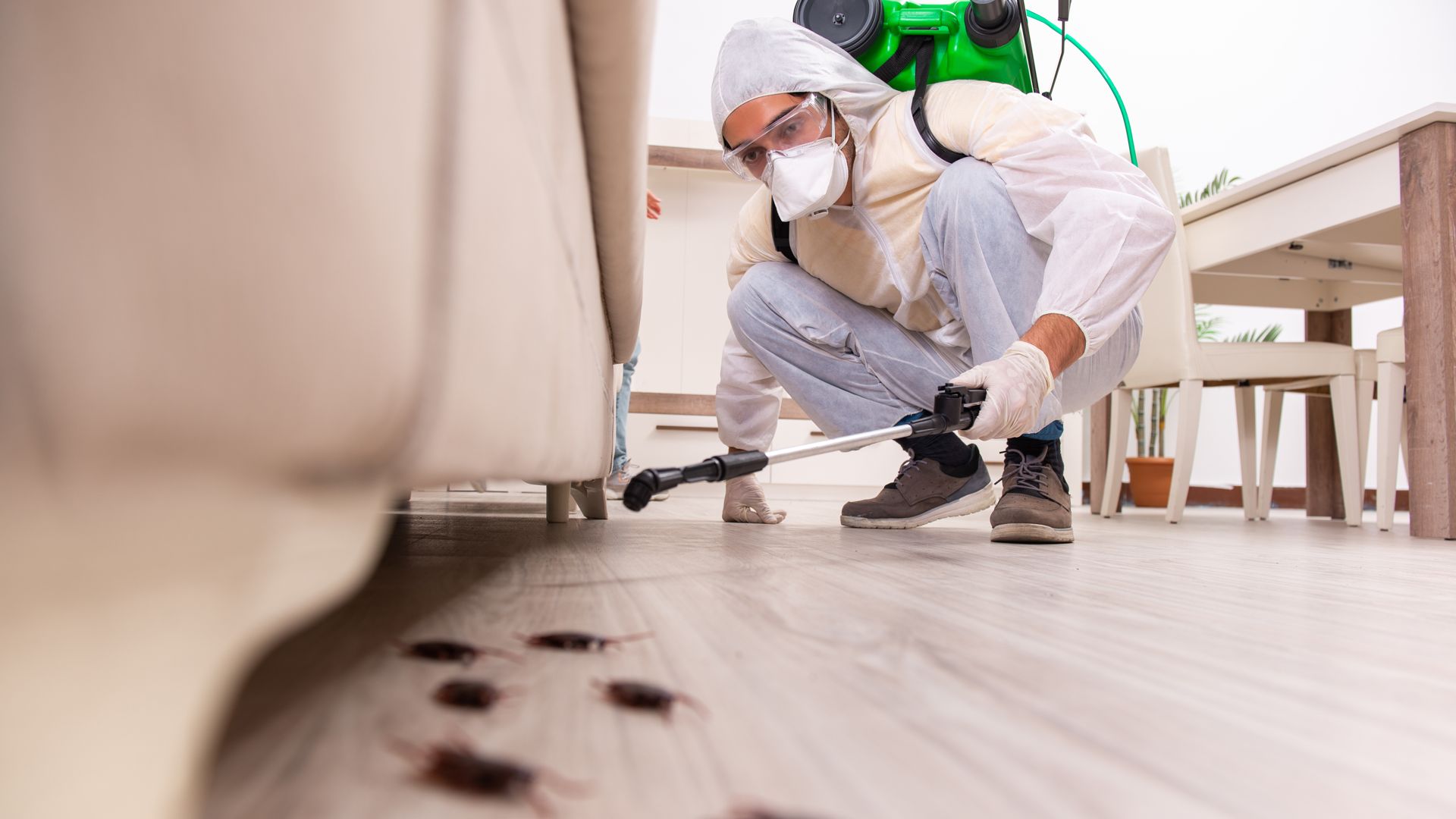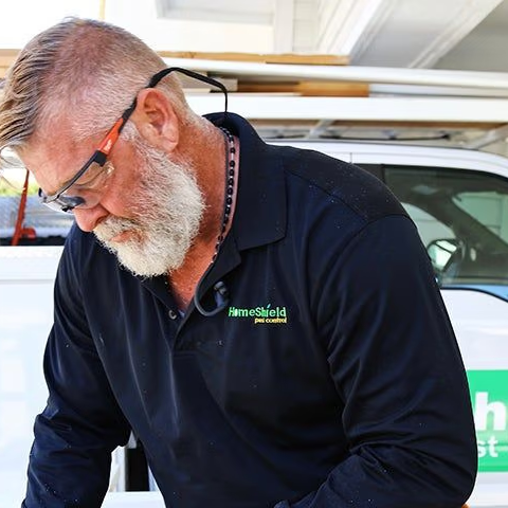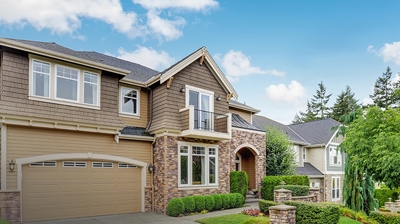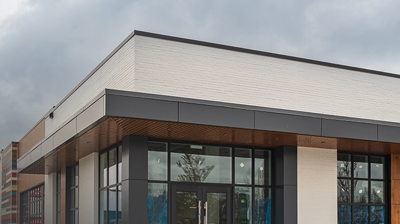
California Termite Control, Inspection, & Treatment
Termite Control in Sacramento and Surrounding Areas
At HomeShield Pest Control, our top priority is keeping your home and/or business free from pest infestations, and that includes termites and other wood-destroying organisms. That’s why, as part of our regular pest control service, we also offer termite inspections and termite control treatment services. Every year, termites do billions of dollars of damage in the U.S. that is not covered by homeowner’s insurance.
Signs You Have Termites in Your California Home
At HomeShield Pest Control, we know how critical it is to catch termite infestations early. Termites can cause extensive damage to your home, often before you even notice them. Here are some signs to watch out for:
- Mud Tubes: Termites build pencil-thin mud tubes along your foundation or walls to protect themselves while traveling between their colony and food sources.
- Hollow-Sounding Wood: If tapping on wood sounds hollow or you notice blistering, it could indicate termites have eaten away the wood from the inside.
- Frass (Termite Droppings): Drywood termites leave behind tiny, wood-colored droppings, known as frass, near windowsills or baseboards.
- Swarmers: Winged termites (swarmers) often appear in spring, especially near light sources. Discarded wings near windows or doors are a sign of a nearby infestation.
- Tight-Fitting Doors or Windows: Termites produce moisture when they tunnel through wood, causing it to warp and making doors and windows harder to open or close.
- Cracked Paint or Plaster: Termites can cause bubbling or uneven paint, which may look like water damage but is often the result of tunneling beneath the surface.
If you notice any of these signs in your California home, don’t wait. Contact our termite control experts to schedule an inspection and protect your property from costly damage. (888) 720-3618
Termites Are A Year-Round Threat For California Homeowners
In California, termites swarm during the spring. However, they are a year-round threat. If you see what appears to be flying ants (often winged termites) or mud tubes (literal tubes of mud) on your foundation or in the garage, there is a good chance you are dealing with termites and you should seek treatment options immediately. This will give you the best chance to avoid termite damage or at least stop it before it gets worse.
The best way to keep these insects out of your structure is to:
- Be vigilant for winged termites and mud tubes.
- Schedule annual inspections.
- Have an annual pest control plan or service that protects your home or business from infestation.
Luckily, HomeShield can help! We provide free annual termite inspections with our pest control service and also offer termite control treatment plans in California and the surrounding areas for homes or businesses already infested. Call us today to control or protect against termite infestation.
Please visit our Florida Termite Control page for information regarding termite services in Florida.
Effective Drywood and Subterranean Termite Treatment Options
Termites are one of the most destructive pests a homeowner can face, but not all are alike. Two main types of termites commonly found in the area include drywood and subterranean. Each type has unique behaviors, habitats, and treatment needs, making it vital to understand their differences to tackle infestations effectively.
Drywood termites live in dry wood, infesting furniture, flooring, and structural wood without needing soil. They extract moisture from the wood they eat and are often light brown or creamy white. Living entirely within wood, they’re hard to detect until severe damage occurs, leaving behind small piles of frass (wood-colored droppings).
Subterranean termites, however, depend on moist soil, building underground colonies and mud tubes to reach wood. These pale termites are highly destructive, as their large colonies can weaken a home's foundation, beams, and walls. Early detection is key, as both types can cause severe damage.
Tailoring treatments to the termite type helps effectively address infestations and prevent future damage.
Termite Treatment Options Available
Effective termite control depends on the extent of the infestation, the type of termites, and your unique needs. That’s why we offer two primary treatment options—tent fumigation and localized treatments—to provide maximum protection and peace of mind. By focusing on proactive prevention, active monitoring, and tailored treatment plans, we help keep your home termite-free.
Tent fumigation is a whole-structure treatment method that reaches even hidden, hard-to-access areas. We completely enclose your home using specialized tarps or tents. Then, we introduce a gas fumigant penetrating the wood, cracks, and crevices where termites often hide.
Smaller or isolated infestations don’t always require the scale of tent fumigation. That’s where localized treatments come in. These precision-focused treatments target only the affected areas, allowing for efficient termite elimination without disrupting your daily routine.
Choosing the Right Treatment for Drywood and Subterranean Termites
Addressing termite issues is about selecting the right approach for the specific termite species wreaking havoc on your property. Drywood and subterranean termites have distinct behaviors and habitats, which call for tailored strategies for eradication and long-term protection.
Treating Drywood Termites with Tent Fumigation
Drywood termites often hide deep within wooden structures, remaining undetected until significant damage is done. Tent fumigation effectively eradicates termites throughout the home, including hidden colonies in walls, flooring, and furniture. The process involves sealing the structure with tarps and introducing a gas fumigant that penetrates wood and crevices. Tent fumigation is thorough and ideal for large or deeply embedded infestations.
Combating Subterranean Termites with Liquid Treatments and Baiting Systems
Subterranean termites build underground colonies and use mud tunnels to access food. Their biology requires specific control methods to eliminate nests and prevent re-infestations.
Two effective options are liquid treatments and baiting systems, which can work separately or together:
- Liquid Treatments: Applied to the soil around your home’s foundation, these treatments create a chemical barrier to stop termites from entering. This method can eliminate active infestations and help prevent future ones.
- Baiting Systems: Bait stations placed around your property lure termites with a cellulose-based food mixed with a slow-acting insecticide. Foraging termites carry the bait back to the colony, eliminating workers and queens.
Pre-Construction Treatments
The only thing worse than termite damage is how late it’s discovered: usually only when you’re trying to buy or sell a home, or when catastrophic damage has occurred. Because it’s seldom covered by homeowners insurance, it leaves home and property owners on the hook if termites happen to find them.
Pre-Construction treatments from HomeShield Pest Control can start your new construction off on the right foot. Eliminate active termites on your property while creating a protective barrier around it for the future and removing many of the conducive conditions that attract them in the first place. Contact us for more information about how our pre-construction treatments can termite-proof your new property.
Contact us online or give us a call at (888) 720-3618 to schedule an appointment for our termite control services in Sacramento today!

Our California Pest Control Services
In California, We Provide Reliable Home Pest Control And Commercial Pest Control Solutions.
Termite Treatment For San Diego, Los Angeles, Orange, & Sacramento County
At HomeShield Pest Control, we offer termite control treatment and inspection services in all of the cities and regions in San Diego, Sacramento, and Los Angeles including:
-
Counties We Serve
-
Orange County
- Aliso Viejo
- Anaheim Hills
- Anaheim
- Brea
- Buena Park
- Corona Del Mar
- Costa Mesa
- Coto De Caza
- Cypress
- Dana Point
- Foothill Ranch
- Fountain Valley
- Fullerton
- Garden Grove
- Huntington Beach
- Irvine
- Ladera Ranch
- Laguna Beach
- Laguna Hills
- Laguna Niguel
- Laguna Woods
- La Habra
- Lake Forest
- La Palma
- Las Flores
- Los Alamitos
- Midway City
- Mission Viejo
- Newport Beach
- Newport Coast
- North Tustin
- Orange
- Placentia
- Rancho Santa Margarita
- Rossmoor
- San Clemente
- San Joaquin Hills
- San Juan Capistrano
- Santa Ana
- Seal Beach
- Silverado
- South Coast Metro
- Stanton
- Sunset Beach
- Trabuco Canyon
- Tustin
- Villa Park
- Westminster
- Woodbridge
- Yorba Linda
Why Our Customers Love Us
HomeShield Pest Control received an average rating of 5.0 out of 5 stars from over 8000+ reviews.
-
Homeshield was great to work with!“Homeshield was great to work with! My wife and I encountered a really bad termite problem at our new home during the renovation phase, and needed treatment asap so that renovation could resume. Mike drove all the way down for an inspection, and was very thorough in his explanations. He was able to match a competitor's price for the treatment and locked in a day for the following week. Daniel and Elias, the technicians, were very communicative about their ETA and did a good job explaining their respective roles. All in all, a quick and easy process. Thank you, Homeshield!”- James Y.
-
Pleasant, friendly and respectful.“Bronson announced his arrival and departure. He inquired if there was anything specific that we wanted done prior to him starting his regular service. Pleasant, friendly and respectful.”- Joseph S.
-
Will continue using homeshield!“
Amazing work! Switched from Terminex as I was tired of having scheduling issues and wanted something eco friendly for my dogs and upcoming baby.
”
I definitely recommend trying to get Jose Garcia as your technician as he was very communicative and kept us updated throughout the service process.
Will continue using homeshield!- Chris P.M. -
Humble and helpful. Does what ever we are asking for.“You guys provide very quality service. We are very happy with the service. Every time the person comes to our place to provide service is very humble and helpful. Does what ever we are asking for. Thank you.”- Arif S.
-
Excellent experience. Super professional and thorough“
Excellent experience. Super professional and thorough. Found them through yelp and they called immediately with affordable options and set up an appointment. The technician was wonderful. Would highly recommend.
”- Samantha S. -
Quote came within minutes and price was very reasonable.“
Dee provided a very thorough and detailed inspection. Walked us through the entire process and what we could expect throughout the initial services and beyond. Quote came within minutes and price was very reasonable.
”- Jason D. -
Ben was FANTASTIC“
Ben was FANTASTIC in every way, He came to give me an estimate on my home, was on time, polite, knowledgeable, and extremely professional in how he handled everything. Had 4 other termite co. to give me an estimate, not even close to Ben's expertise, I would give him a 10 if I could. Will definitely use him in all my other projects , they are a lot since I am in real estate and have many clients.
”- Judy M. -
Victor, was very professional, helpful and informative.“
We had a great experience. They were able to work with our schedule to make a quick appointment. The service professional, Victor, was very professional, helpful and informative.
”- Mark S.

Featured On










.svg.2405150737550.png)




